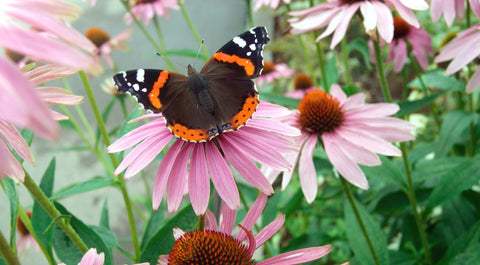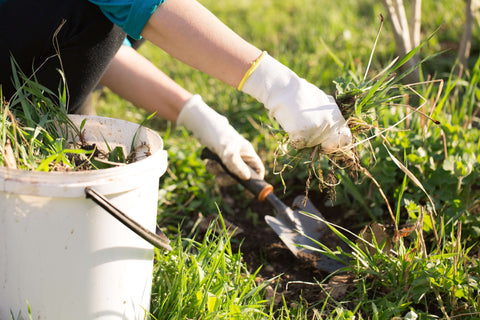Autumn vegetable planting is something that many gardeners neglect, but it can be very productive and rewarding to keep vegetables planted until even past the autumn frost date. "Spring" vegetables, such as spinach and arugula, and slower-growing cool-season crops, such as broccoli and cauliflower, are good options for planting into fall, a welcome change of pace after the summer surge of tomatoes, peppers and cucumbers.The following content also has some reference value for raised garden beds.
But autumn gardening should actually be called "midsummer gardening" because that's when the activity takes place. Before you harvest your first batch of tomatoes, you must remember to start planting your fall seedlings indoors (or in another cool place). When everything is in full swing in the middle of summer, you may not think about starting a plant for your fall garden.
Good crops for fall gardening: kale, broccoli, cabbage, cauliflower, kale, turnips, beets, carrots, leaf lettuce, arugula, Swiss chard, Onions, garlic
Cabbage crops (Brassica)
Crops that thrive in a cool fall need cool temperatures to germinate, but it's July, so you're stuck. Start your fall garden cabbage seedlings in a bright spot indoors, in a cool place outdoors (say, in a speckled shade or on the north side of your house), or under fluorescent lights in the basement. It may not be intuitive, but most seeds actually need bright light to germinate and grow.
The start time of the cabbage family crop is about 3 months or 3 1/2 months before the first frost date. Count backwards on your gardening calendar. Don't put it too late, or the plant won't have time to give you a harvestable crop before it freezes. If your winter is frost-free, you can start planting them later in the season, but make sure they have time to grow before cold weather hinders them.
Make sure the seedlings do not dry out before and after transplantation. Big crops with deep roots will struggle in the hot summer, but small seedlings with shallow roots will die quickly and won't survive if you don't give them plenty of water.
In spring, watering is no problem. But in high summer, this can lead to fungal diseases such as powdery mildew. Only water newly planted gardens, during the coolest part of the day, before dawn to give the leaves time to dry before the sun begins to explode.
Other autumn garden crops
Carrots, beets, and other root crops, as well as spinach, arugula, and other vegetables grow faster and can be planted 2 to 2 1/2 months before the first frost (August where I live). Root crops don't like transplanting, so plant them directly in the garden, but start growing beets, spinach, and other vegetables like brassica in a cool apartment. Transplant them out at about two weeks of age.
And don't forget the garlic!
If you are going to plant garlic, remember that garlic is always a fall crop! For next summer's harvest, plant within the first few weeks after the first fall frost. It will take root before freezing, then grow throughout the spring and harvest early the following summer.
Some final thoughts
Successful fall gardening is primarily a matter of planning. The time between mid-summer planting and freezing and pruning at the end of the season is very short, so it's very important to get this time down on paper and then make sure you get your fall gardening assignments done on time. However, harvesting vegetables is well worth it.









